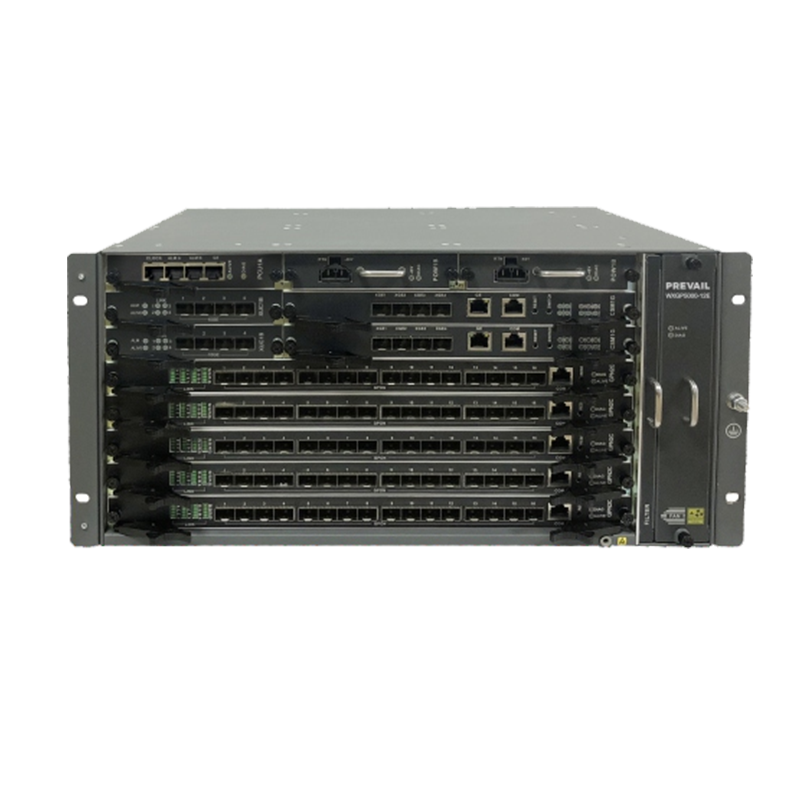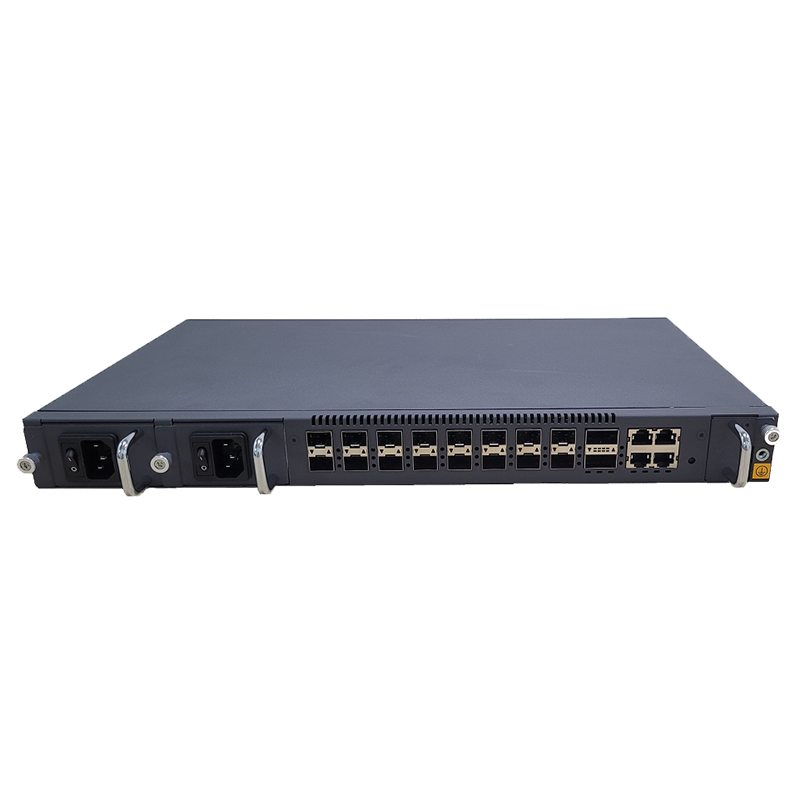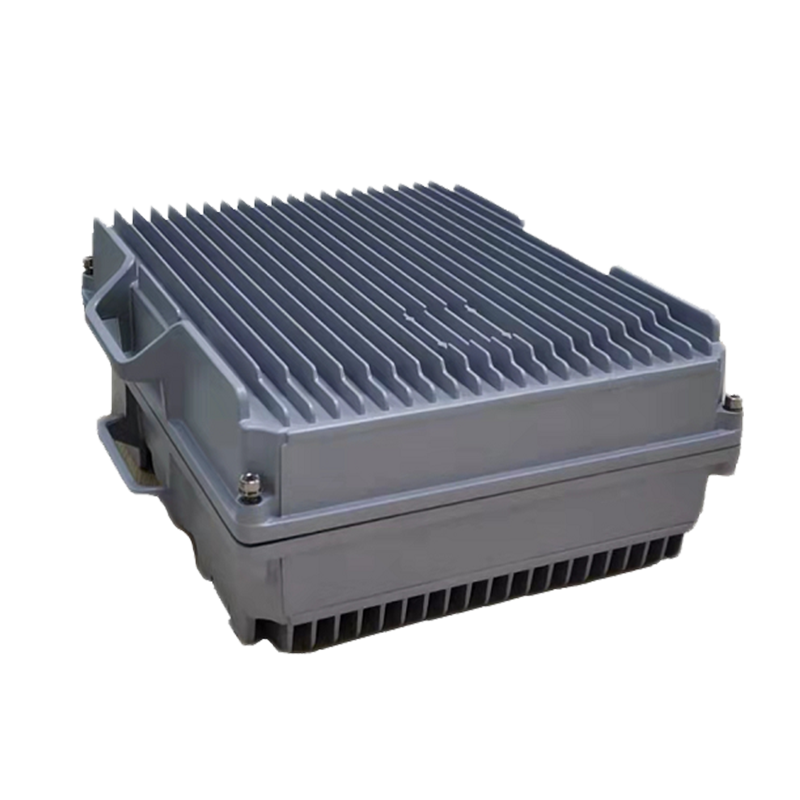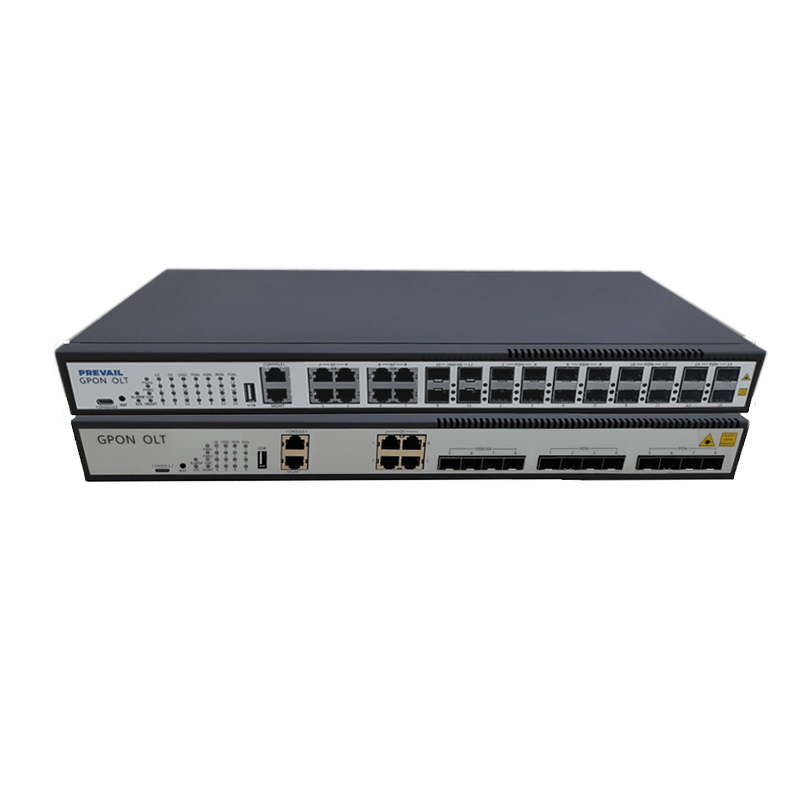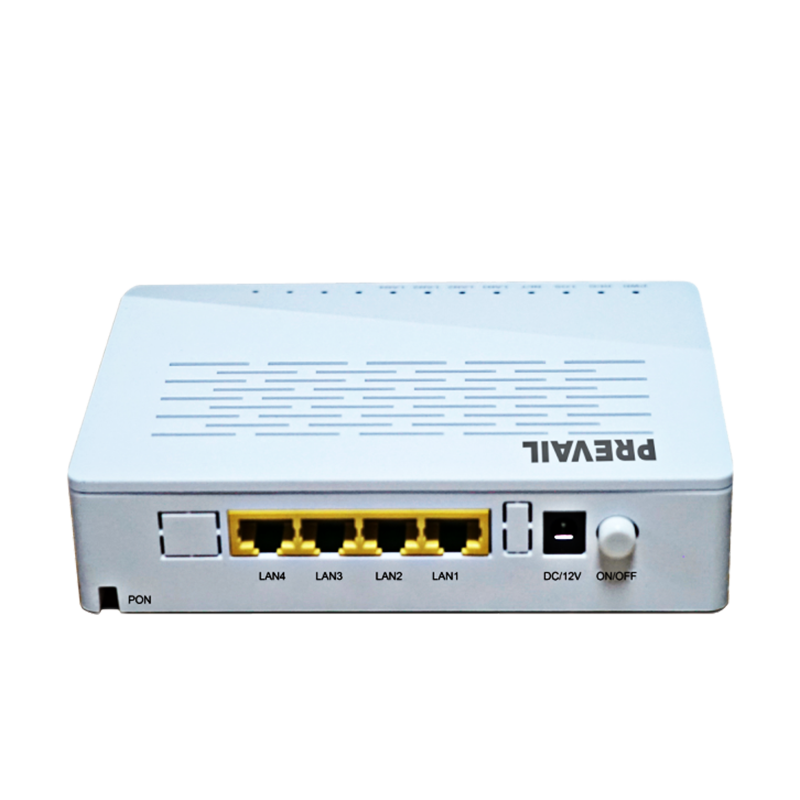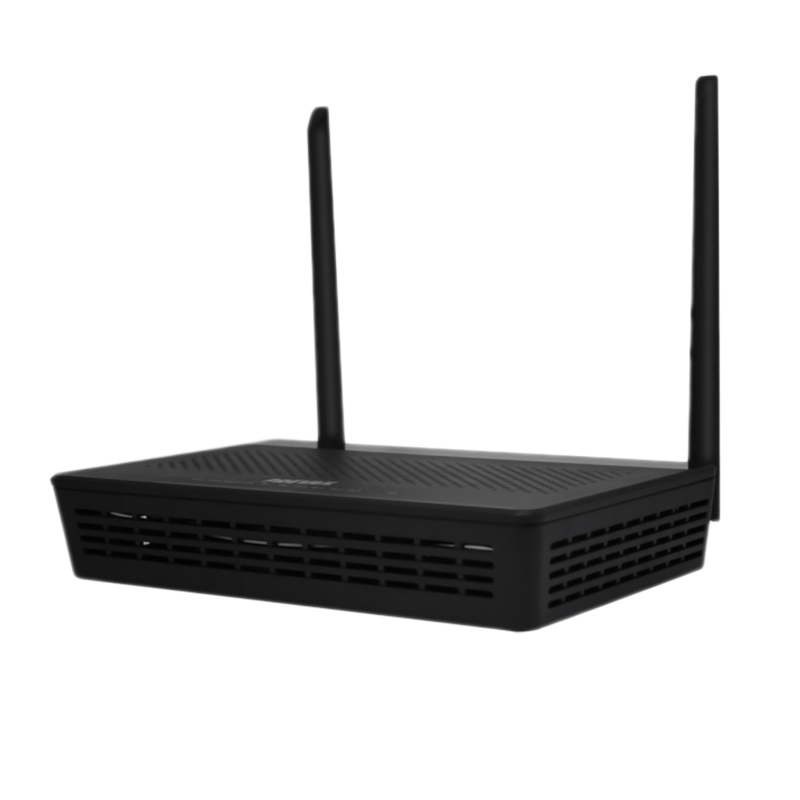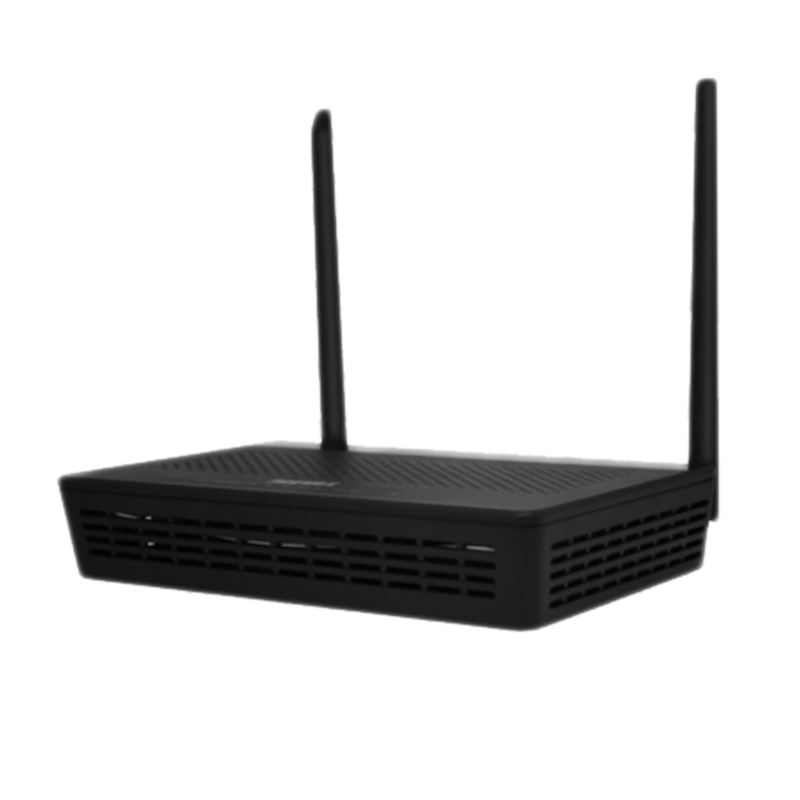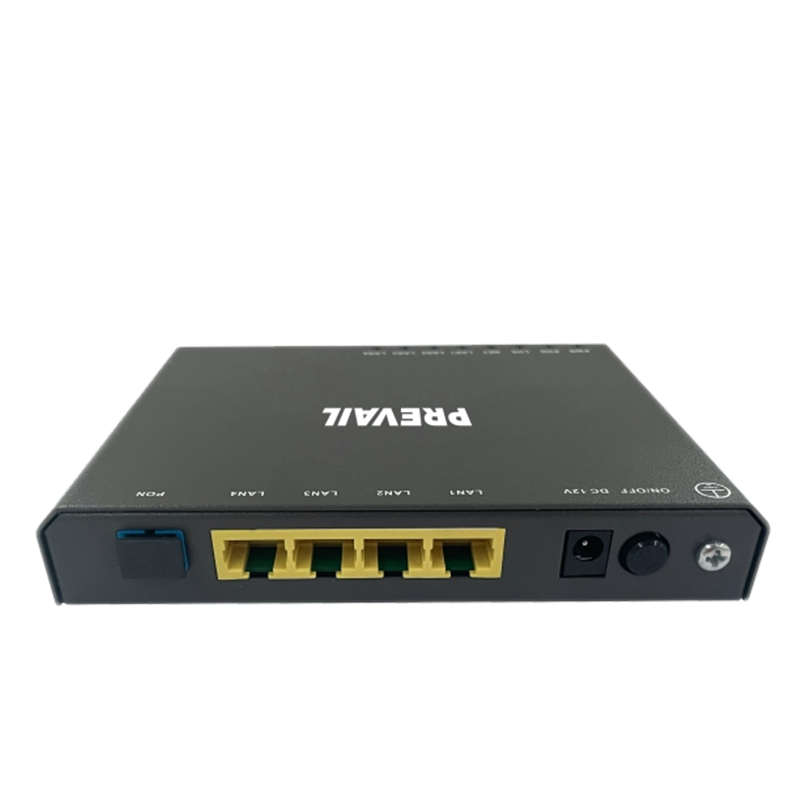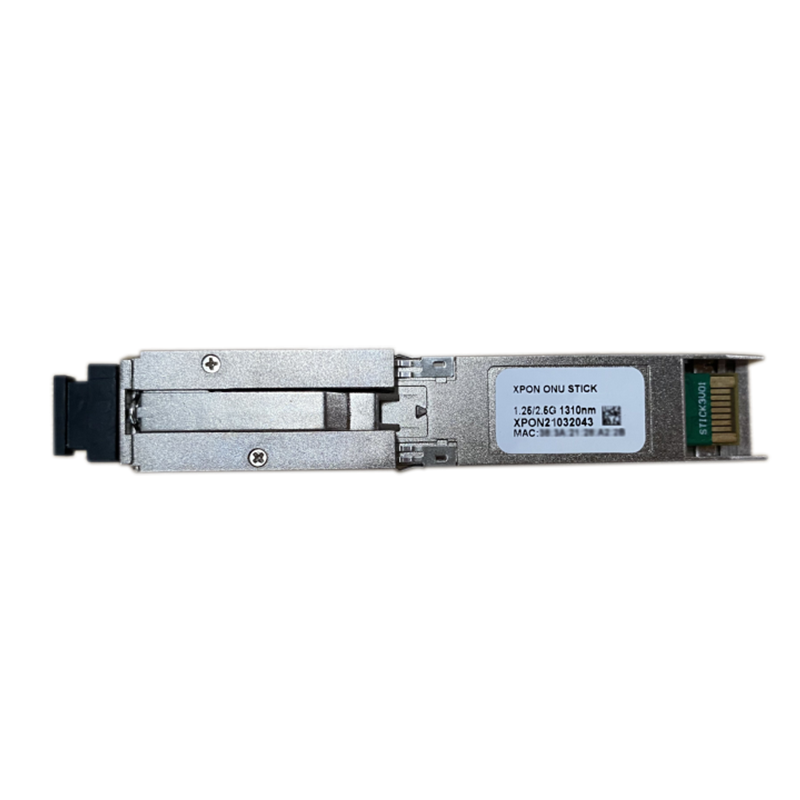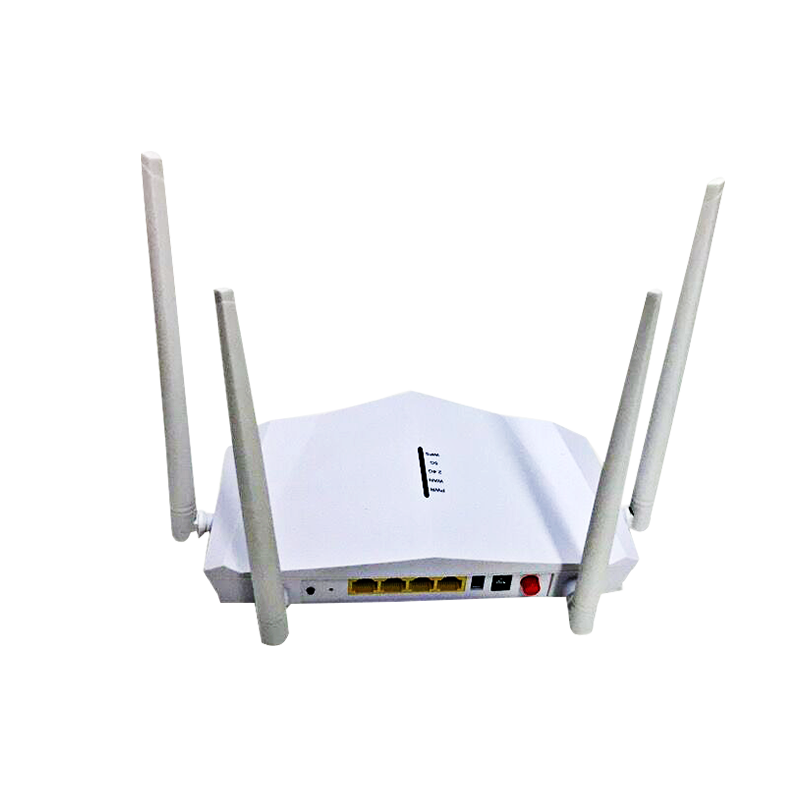1550nm EDFA fiber amplifier: key technology of modern optical communication
In today's optical fiber communication field, optical amplifiers (Optical Amplifier) play a vital role, and 1550nm EDFA (Erbium-doped fiber amplifier) is one of the core technologies. 1550nm EDFA is a device that uses erbium-doped fiber to amplify optical signals in the 1550nm wavelength range. Erbium-doped fiber is a special optical fiber with the rare earth element erbium doped in its core. When a specific wavelength of pump light (usually 980nm or 1480nm) is input into the erbium-doped fiber, the erbium ions are excited and release energy, thereby amplifying the 1550nm wavelength signal light passing through the fiber.
This amplifier has become a standard choice in the field of optical communications due to its high gain, low noise characteristics, and stable support for long-distance transmission signals.
The core principle of 1550nm EDFA is stimulated radiation. The specific process is as follows:
The erbium ions are excited from the ground state to the high energy state by pumping light of 980nm or 1480nm wavelength.
When the signal light passes through the erbium-doped fiber, the excited erbium ions release energy and amplify the signal light.
The gain performance of the amplifier is adjusted by the length of the fiber and the intensity of the pump light.
Thanks to this principle, EDFA can achieve wide-band signal amplification with high efficiency.
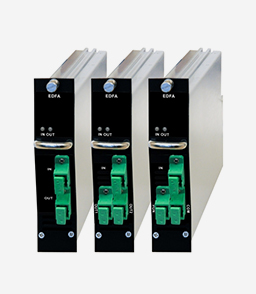
In long-distance communication, the optical signal will gradually attenuate during the transmission process. 1550nm EDFA can directly amplify the optical signal without converting it into an electrical signal before amplification, which significantly reduces power consumption and complexity.
Wavelength division multiplexing technology allows multiple wavelengths of signals to be transmitted simultaneously in one optical fiber. 1550nm EDFA can amplify multiple wavelengths of signals at the same time, greatly improving the capacity of the system.
In distributed optical fiber sensing systems, 1550nm EDFA can enhance weak reflection signals and improve the detection sensitivity of the system.
Compared with other types of fiber amplifiers, 1550nm EDFA has higher efficiency and a gain range of 20-50dB, which is suitable for a variety of scenarios.
Its operating wavelength range covers C band (1530nm-1565nm) and L band (1565nm-1625nm), which is suitable for the needs of current mainstream optical communication networks.
The noise coefficient of EDFA is usually less than 5dB, ensuring the high quality of the amplified signal.
The durability of erbium-doped fiber materials enables EDFA devices to operate stably for a long time and is insensitive to changes in ambient temperature.
With the rapid development of optical communication technology, 1550nm EDFA fiber amplifiers are also constantly improving. Here are several key trends:
Future EDFAs will strive to achieve higher power output to meet the needs of ultra-long distance and high-density communications.
In order to adapt to more compact equipment design, EDFA is moving towards miniaturization and modularization, which is easy to integrate into various optical network equipment.
By improving doping materials and pumping technology, future EDFAs may achieve a wider wavelength range and support more types of communication protocols.
Combined with artificial intelligence and network control, intelligent EDFA will be able to adjust gain in real time according to traffic and environmental changes, improving network efficiency.
As the core technology in optical communication systems, 1550nm EDFA fiber amplifiers not only solve the problem of long-distance signal attenuation, but also provide a solid foundation for large-capacity, high-speed modern communications. With the continuous advancement of technology, 1550nm EDFA will play a more important role in future optical communication networks and contribute more to global information interconnection.





